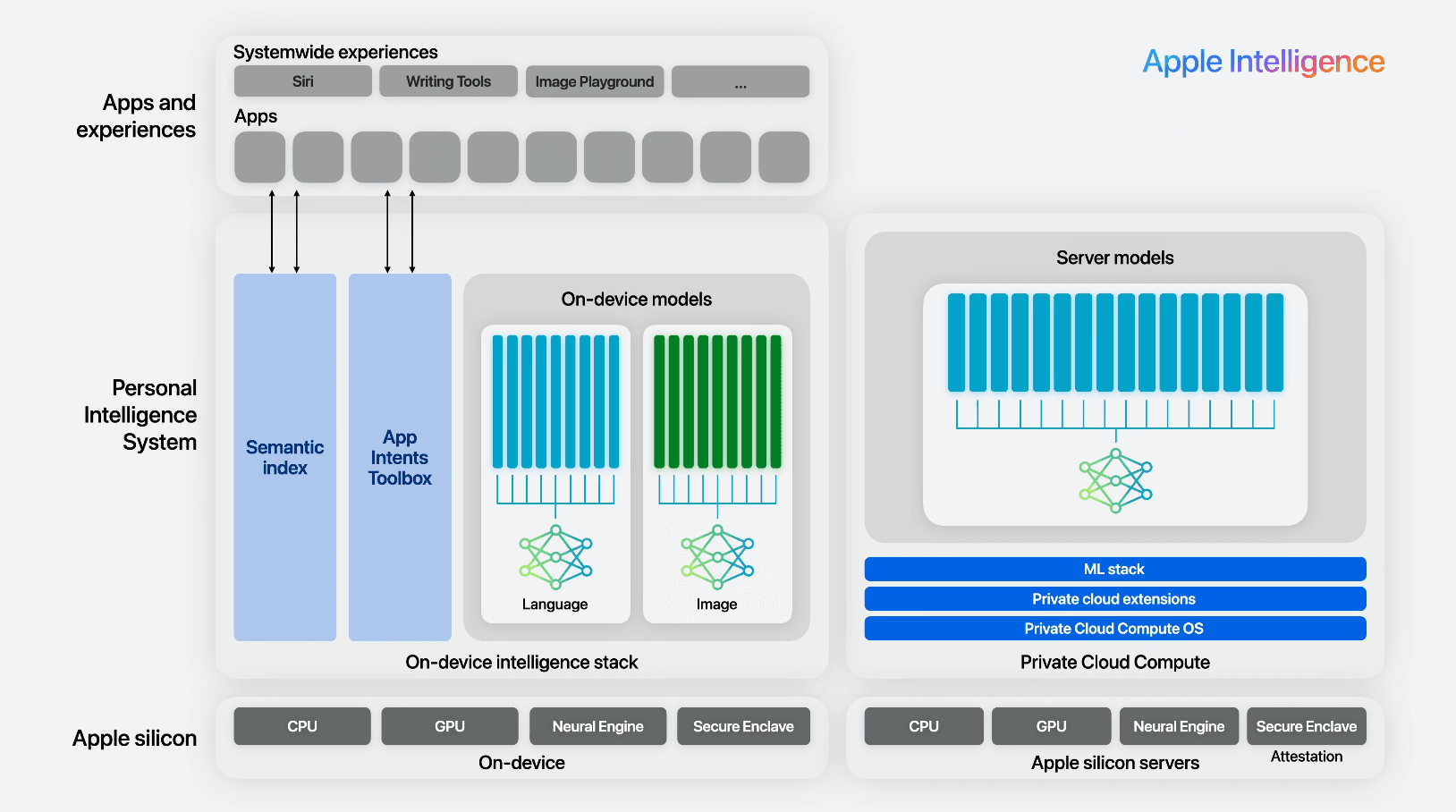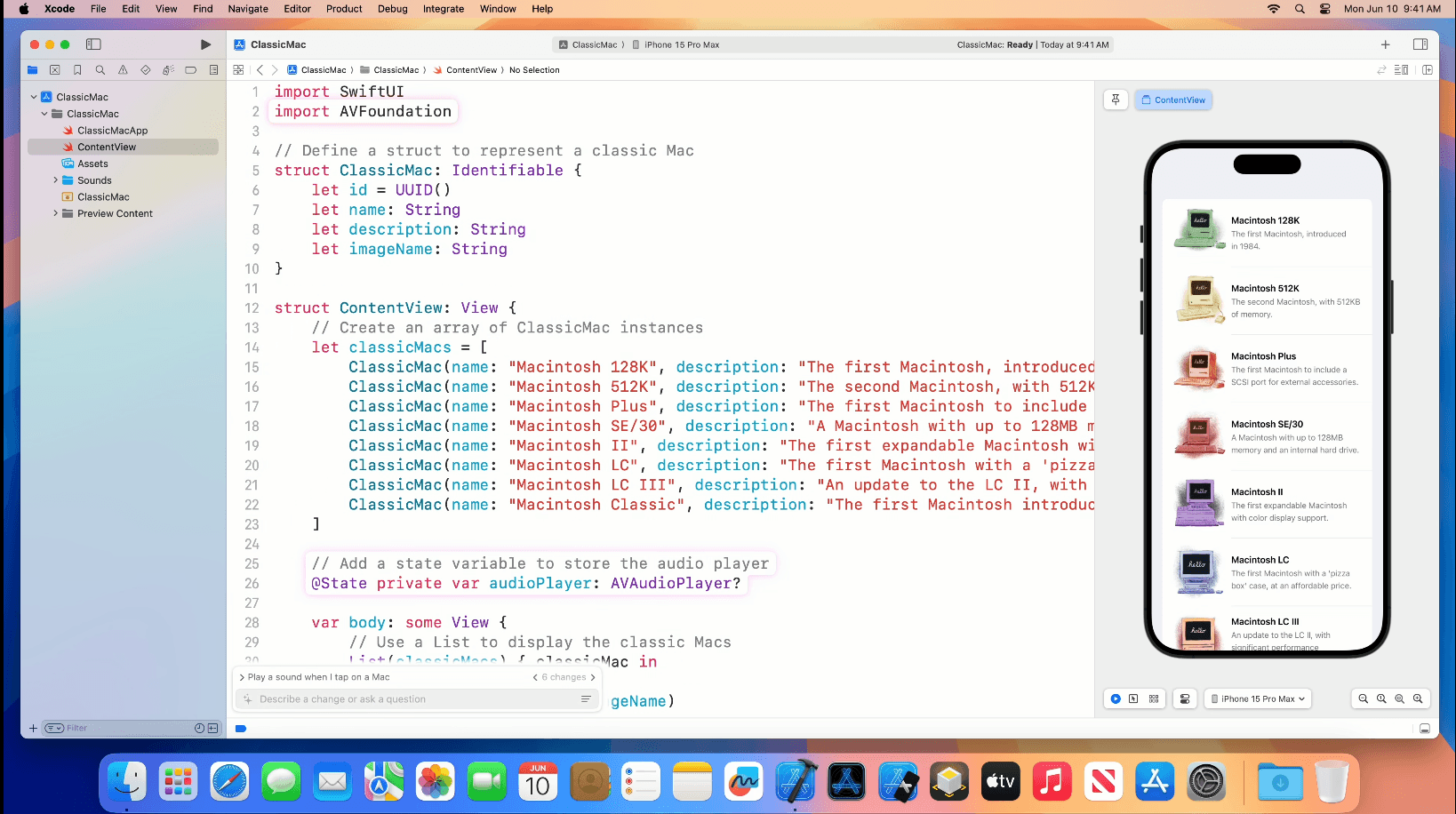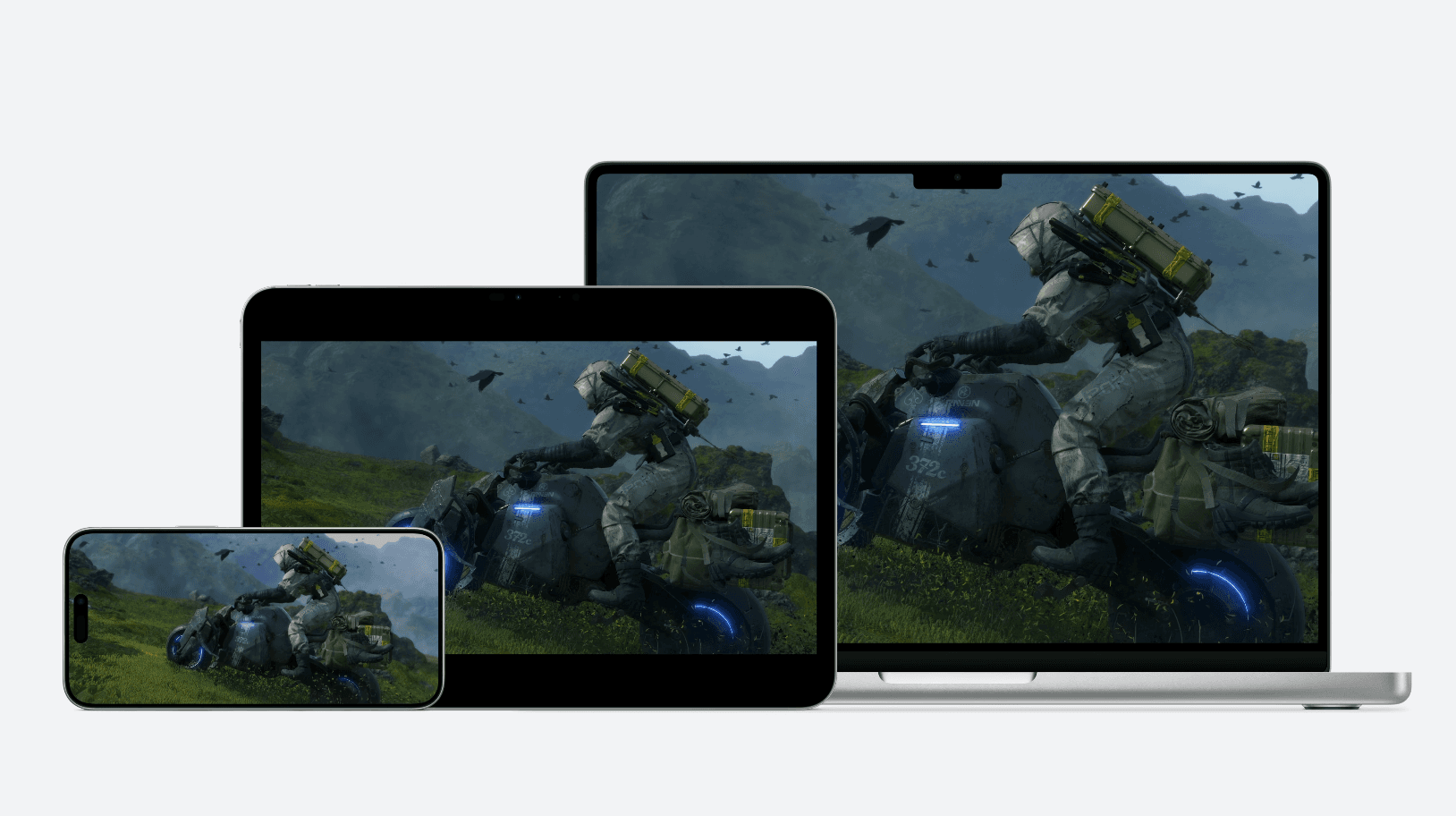Introduction to WWDC 2024 for developers
As Sebastien Marineau-Mes said – This is going to be an incredible year for developers.
The WWDC 2024 Keynote was full of exciting new updates to our favorite Apple OSs (We still can’t get over Calculator on iPad). Hearing about the latest and greatest consumer features helps set the stage for what’s to come at WWDC – How developers can use the new tech in their own app and beyond.
After the hype of the WWDC 2024 kickoff, Platforms State of the Union and other developer-focused sessions were held where we got to learn about the latest advancements on Xcode, Swift, Apple Intelligence, and more. We’ll give you the inside scoop on the main highlights and what will impact you the most as a developer.
WWDC 2024 impacts for developers
Apple Intelligence
Let’s start with what Apple coins as ‘the personal intelligence system.’ We all watched live or read a WWDC24 summary (here’s a shameless plug for our own WWDC 2024 Recap), so we won’t linger on the details, but at its core, Apple Intelligence uses powerful generative models to help users take actions using personal context.

Apple Intelligence gives your users powerful AI tools for content creation and allows them to automate tasks in your app using Siri. Image Playground, Genmoji, and Writing Tools are some of the powerful new features to come from Apple Intelligence.
Image Playground lets users create fun images in apps like Messages and Keynote. With the Image Playground API, you can offer this on-device image creation in your app without needing to develop or host your own models. Genmoji allows users to create custom emojis for any moment, represented as inline images rather than text. Easily support Genmoji in standard UI text fields or use AttributedString for rich text with graphics in other scenarios. Writing Tools, available system-wide, assist users in rewriting, proofreading, and summarizing text. Apps using standard UI frameworks automatically support these tools, and the TextView delegate API lets you customize app behavior, such as pausing syncing during text processing.
Siri updates
Siri is now more natural, personal, and deeply integrated into the system. Enhanced by Apple Intelligence, Siri can execute predefined App Intents, making your app's actions more discoverable in Spotlight, Shortcuts, and Control Center.
If your app has adopted SiriKit, you can tap into the power of Apple Intelligence through App IntentsUI APIs. This allows users to take action in your app with Siri. SiriKit users benefit from improved conversational capabilities, and with App Entities, Siri can access and present your app's content system-wide.
Two new Siri capabilities developers can benefit from with no additional work are:
- Read any item from your app’s menus
- Access text displayed in any app that uses Apple’s standard text system
Core ML + machine learning API updates
Developers can access several new machine learning APIs coming out of WWDC 2024, including Core ML – Apple's most used framework for running AI models. With significant optimization improvements to Core ML, you can run generative AI models faster than ever before.
Core ML Tools now feature advanced weight compression for large language and diffusion models on Apple silicon, enhancing flexibility and efficiency. Additionally, the updated framework includes a new MLTensor type for multi-dimensional arrays and improved performance reports in Xcode for better operational insights. Plus, for new developers or those starting in Apple platforms, Toolkits make it easy to convert existing AI models to Core ML for the best performance with local models.

The new machine learning API enables in-app translation across different languages. Say hello to multilingual contextual embedding! Using the latest Swift features, image aesthetics and holistic body pose are also supported. This can run on iOS devices itself and is free to get started.
Xcode 16 updates
Ready to start coding, faster? There are a few ways you can do this (one being with MacStadium Mac cloud compute), but the latest Xcode release can also give you a huge bump in time saved.

Xcode 16 has a handful of new updates, with the most impactful being Predictive Code Completion. It’s powered by a machine learning model specifically trained for Swift and Apple SDKs. It uses your project symbols to customize suggestions, all while running locally on your Mac. Predictive code completion requires a Mac with Apple silicon and 16GB of unified memory, running macOS 15. Alternatively, Apple’s new Swift Assist model runs in the cloud, and can help you quickly visualize an idea in the Xcode UI.
Swift updates
‘Approachable for newcomers, powerful for experts.’ WWDC 2024 marks 10 years of Swift simplifying writing code for developers. This year, there were updates to your favorite Swift platforms, including Swift 6, SwiftUI, SwiftData, and the new Swift Testing.
Swift 6

Concurrent programming just got easier with the optional language mode known as data-race safety in Swift 6. When you have bugs such as different parts of code trying to modify and access the same data at the same time, Swift 6 can - swiftly – eliminate them by diagnosing them at compile time. The new Swift 6 language mode is opt-in, so you can access it whenever you’re ready to use the data-race safety feature.
Swift Testing
The brand-new framework, Swift Testing, makes writing cross-platform tests easy as 123. With intuitive APIs, Swift Testing leverages macros like #expect to capture complex expressions and deliver detailed feedback on test failures. It also offers parameterization for running the same test with different values and tagging for selectively executing tests based on criteria. Plus, Xcode 16 fully supports Swift Testing, ensuring results are clear and easy to read.
SwiftUI
You know it, you love it – SwiftUI is a great way to build apps across all Apple platforms. New updates to SwiftUI include improvements to previews, customizations, and interoperability options. Xcode previews has a new dynamic linking architecture, so you won't have to rebuild your project when switching between platforms. There are also several new customization options you can choose from to change the look and feel of your app, such as customizing window behavior and styling in macOS. Lastly, improved interoperability with gestures and animations on UIKit and AppKit helps streamline your project workflow.
Swift Data
Swift Data is all about helping you model and persist your app’s information using a lightweight API in Swift. This year, Apple added #Index and #Unique to the Swift Data simple syntax and modeling capabilities. Custom data stores also let you use an alternative backend of your choosing, making it possible to use Swift Data’s API.
Gaming updates
Calling all game devs! All throughout Apple events in 2023 and beyond, gaming has been a main focus for Apple. With more significant updates to GPU performance on iOS and macOS, gaming on Apple platforms will continue to skyrocket. Users can now play more games than ever before on iOS, macOS, and iPadOS without a dedicated gaming system.

With Game Porting Toolkit 2, Apple focused on implementing user feedback to help bring more advanced games to Mac, and Mac games on iPhone and iPad. With added support for AVX2 and Raytracing, game developers can have Mac run many of the newer generation games that are dependent on these features. On Game Porting Toolkit 2, there are ever more resources, guides, and tools to make porting games even easier, allowing you to bring your game to more players.
visionOS 2 updates
In the year since Apple Vision Pro was revealed at WWDC 2023, it has taken the dev community by storm. And with the advancements in spatial computing, you can take your app to the next level. In visionOS 2, devs can use volumetric APIs to create apps with richer spatial experiences that take advantage of depth and space. You can easily resize volumes by using the SwiftUI scene modifier windowResizeability. Additionally, users can now resize volumes themselves. Developers also can use volumes to have a fixed or dynamic scale.

In addition to volumes, Apple created TabletopKit – A framework for easy development of collaborative experiences centered around a table. TabletopKit does the heavy lifting of managing game pieces, placement, layout, and defining game boards. It works seamlessly with spatial personas and SharePlay, so you can create your social games and apps, faster.
There’s also great news for organizations looking to harness the power of visionOS. Enteprises can now take full advance of spatial computing features, including access to the main camera and spatial barcode scanning. visionOS 2 APIs provide enhanced sensor access and greater control, empowering you to develop advanced enterprise solutions and immersive spatial experiences.
Virtualization updates
A step in the right direction for using iCloud features in a VM. Testing real-world usage for your app on iCloud just got a little easier.
According to Apple’s documentation, in macOS 15 and later, virtualization supports access to iCloud accounts and resources when running macOS in a virtual machine (VM) on Apple silicon. In the past, if you were in a VM, you could not use the macOS in the VM to login to iCloud. This update allows developers to test or use iCloud features in a VM. With macOS Sequoia, the VM can now use the iCloud account of the host machine. Disclaimer that this is only for VMs based on macOS Sequoia.
WWDC 2024 developer impact TL;DR
WWDC 2024 offered many useful updates for devs looking to improve their apps. It’s an exciting year to develop great apps on Apple platforms, especially with the introduction of Apple Intelligence. Developers have a unique opportunity to take advantage of AI and machine learning capabilities to write code faster than ever before, ultimately achieving the goal of getting your app into user’s hands in record time.
MacStadium can help you get there with Mac cloud compute + virtualization solutions. Check out our current Mac machines on our portal, or chat with a Mac expert about a custom solution today.
